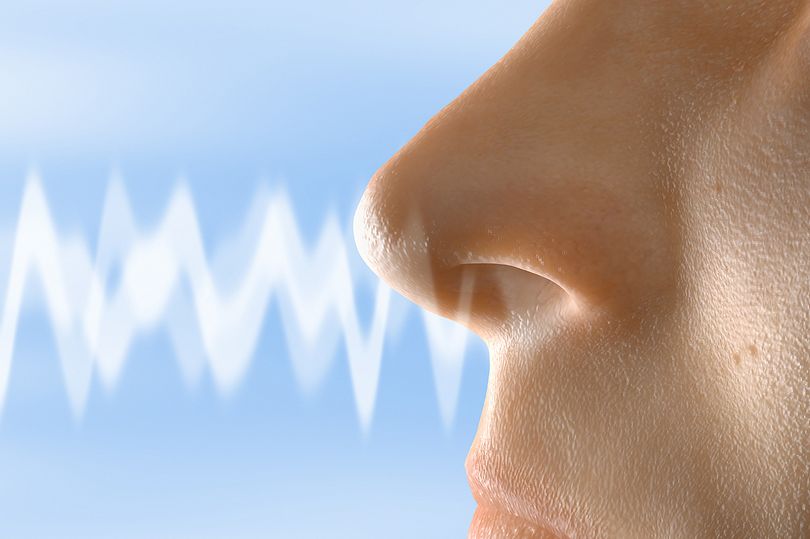What happened to those scratch and sniff children’s books I used to read to my grandchildren? I loved them and it seemed such a good idea to strengthen the acquisition of words by tagging a smell to them.
It’s taken a long time but new initiatives in education are exploring the importance of smell in learning.
Educational tools such as scratch ’n’ sniff cards for teaching vocabulary or scented books for fuller immersion in a story could soon be used to promote a good memory and reading comprehension in primary and secondary schools, says Natalia Kucirkova, professor of child literacy at The Open University and University College London.
Indeed, trials are under way in the US using ‘olfactory’ books to connect smells with learning new words.
I first became aware of the power of smell when I was investigating my deep freeze after the electricity had failed while we were on holiday. On opening the lid I got a whiff of a smell so disgusting it made me wretch.
My two-year-old son had followed me and he took one sniff and instantly vomited. That disgusting smell had made its way in seconds to the olfactory centre in his brain, transmitted the sensation to the vomiting centre with immediate results. That’s a dramatic example of what smell can do.
Of course, nice smells have just the opposite effect – think aromatherapy and all its benefits. In fact, the brain centres shared by smell and emotion – the amygdala, hippocampus and insula – show the connection between mood disorders and smell. Perhaps this connection has been underrated.
There again, increased use of antiseptics, sanitation products and room fresheners plus an altered sense of smell in Covid-19 patients, has eroded our natural sensitivity to smell, possibly raising the risk for behaviour and mood disorders.
There are, however, positive smell/emotion interactions, such as the effects of citrus-based fragrances that could be used to treat depression and anxiety.
I’m not sure I’m keen on the move towards using pleasant smells to persuade shoppers
to buy using personalised virtual reality enhancement.
For example, natural extracts of wood or pines that can be released to add to a realistic experience of being in a forest.
No doubt we’ll soon be seeing retailers trying to improve customers’ in-store experiences with scented areas. In digital commerce, brands that redesign websites by incorporating olfactory content, i.e. smells designed to appeal to individual customers, are no doubt hoping to increase their sales.
Business will soon see our noses as monetising assets!

